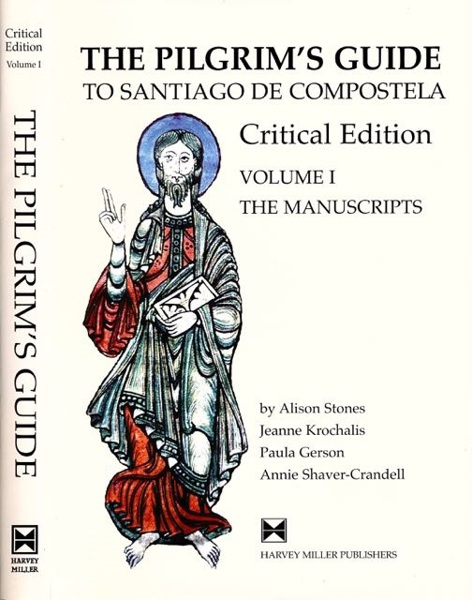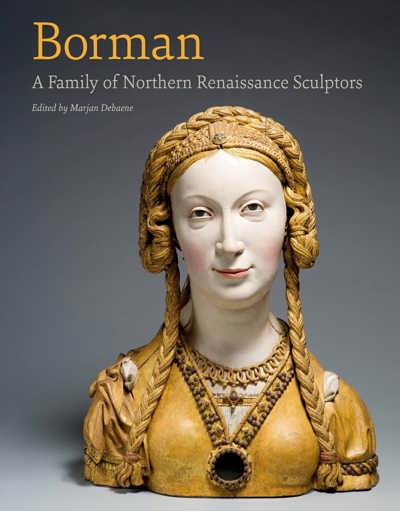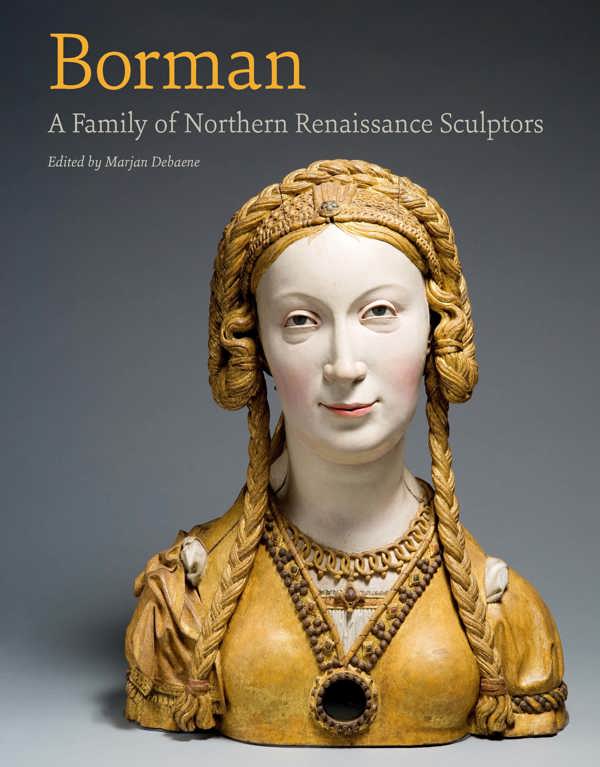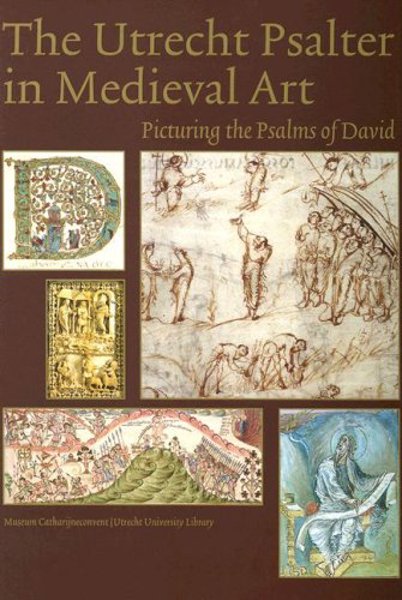
Borman. A Family of Northern Renaissance Sculptors
Marjan Debaene (ed)
- Pages: 312 p.
- Size:240 x 280 mm
- Illustrations:560 col.
- Language(s):English
- Publication Year:2019
- € 110,00 EXCL. VAT RETAIL PRICE
- ISBN: 978-1-912554-41-6
- Hardback
- Out of Print
Borman was a virtuoso, a master but above all an innovator, who influenced many other sculptors.
“The Borman volume and the exhibition should be celebrated for bringing into the public arena a little-known family of sculptors and a wonderful body of little-known work and, together with host institution M and its sculpture society Ards, for re-energizing a field that has been flagging somewhat in recent decades. That both book and show raise as many queries as they answer is, in a sense, good news. This is not the last word. There is a new, more comprehensive book on the Bormans just waiting to be written.” (Kim Woods, in Historians of Netherlandish Art, June 2020)
“The Best Sculptor” is how Jan II Borman is described in a document dating from 1513. Ever since, Borman the man and his oeuvre are shrouded in mist. This late-medieval sculptor managed a busy workshop in Brussels, with commissions pouring in from religious institutions as well as from the bourgeoisie and princely rulers. He trained his sons Jan III and Passchier to become master sculptors after his own example and to have at least as shrewd a head for business as he himself. Borman was a virtuoso, a master but above all an innovator, who influenced many other sculptors. His iconic works are kept in the world’s greatest museums and churches. The book gathers essays by leading academics and presents a summary catalogue of all works attributed to the Borman family.





